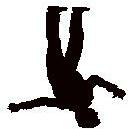










LESSON 1: GETTING STARTED



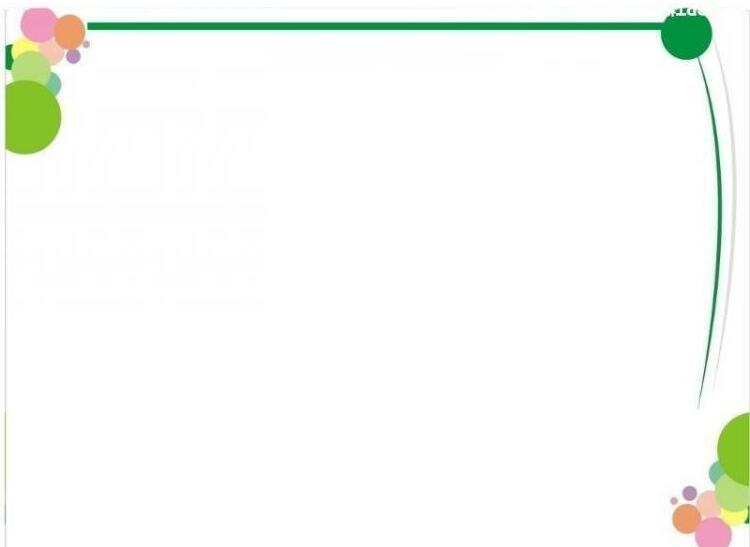






-cross the road (v): Băngqua đường /krɒsðərəʊd/

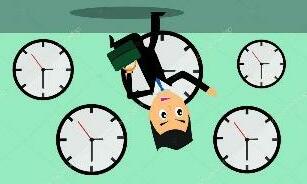


-cycle (v)
-traffic jam (n)
-cross the road (v)
-rush hour (n)
-crowded (adj)




-cycle (v)
-traffic jam (n)
-cross the road (v)
-rush hour (n)
-crowded (adj)

a) Who are they in the dialogue?
They are Lan and Mark

b) Where are they?
They are at the schoolyard.

Lan: Hi, Mark. How are you?
Mark: Good, thanks. And you? What did you do last Sunday?
Lan: I’m fine. Last Sunday afternoon, I cycled round the lake near my home.

Mark: That sounds really healthy. By the way, do you often cycle to school too?
Lan: Yes, but sometimes my mum takes me on her motorbike.
Mark: How far is it from your home to school?
Lan: It’s about two kilometres.
Mark: How long does it take you to cycle there?
Lan: About 10 minutes. Sometimes, when there are traffic jams, it takes longer.
Mark: You should be careful, especially when you cross the road. Lan: Right. The roads get really crowded.
Mark: Hey, how about going cycling round the lake this Sunday?
Lan: Great! Can you come to my house at 3 p.m.?
Mark: OK, Lan. See you then.

Read the conversation and choose the correct answer
1. How does Lan often go to school?
A. By bicycle. B. By motorbike.C. On foot.
2. It normally takes Lan ___ to get to school.



A. two minutes B. ten minutesC. twenty minutes
3. Lan and Mark agree to go cycling ______.
A. tomorrow B. every dayC. at the weekend

Write one word from the conversation to complete each sentence.
1. Last Sunday afternoon, Lan ______ round the lake near her home.
2. Mark says to Lan: “You ______ be careful, especially when you cross the road.
3. Traffic ______ are a problem in big cities.
4. –______ doesyourmumgo shopping? –Sheoftenwalks.
5. Thisroadisvery__________ duringthe rushhours.,
Game: Lucky number



Write one word from the conversation to complete each sentence.

1. Last Sunday afternoon, Lan ______ round the lake near her home. cycled

2. Mark says to Lan: “You ______ be careful, especially when you cross the road. should


3. Traffic


4. –______ does your mum go shopping?


–She often walks.

5. This road is very __________ during the rush hours.,















Write one word from the conversation to complete each sentence.
1. LastSundayafternoon, Lan ______ roundthe lakenearherhome.
2. Marksaysto Lan: “You______ be careful, especiallywhenyou crossthe road.
3. Traffic______ area problemin bigcities.
–Sheoftenwalks.
cycled should jams How crowded
4. –______ doesyourmumgo shopping?
5. Thisroadisvery__________ duringthe rushhours.,



Find someone who … Write your friends’ names in the blanks.



Then report to the class

Find someone who … Write your friends’ names in the blanks. Then report to the class


Eg: Do you usually walk to school?
Have you ever gone to school by bus/…?
Do you ride a bike to school?
Do you ever travel by plane?
Yes, I do.
No, never/notyet.

Topic of the unit
Vocabulary



TRAFFIC
MEANS OF TRANSPORT
TRAFFIC PROBLEMS


Prepare: A closer look 1.

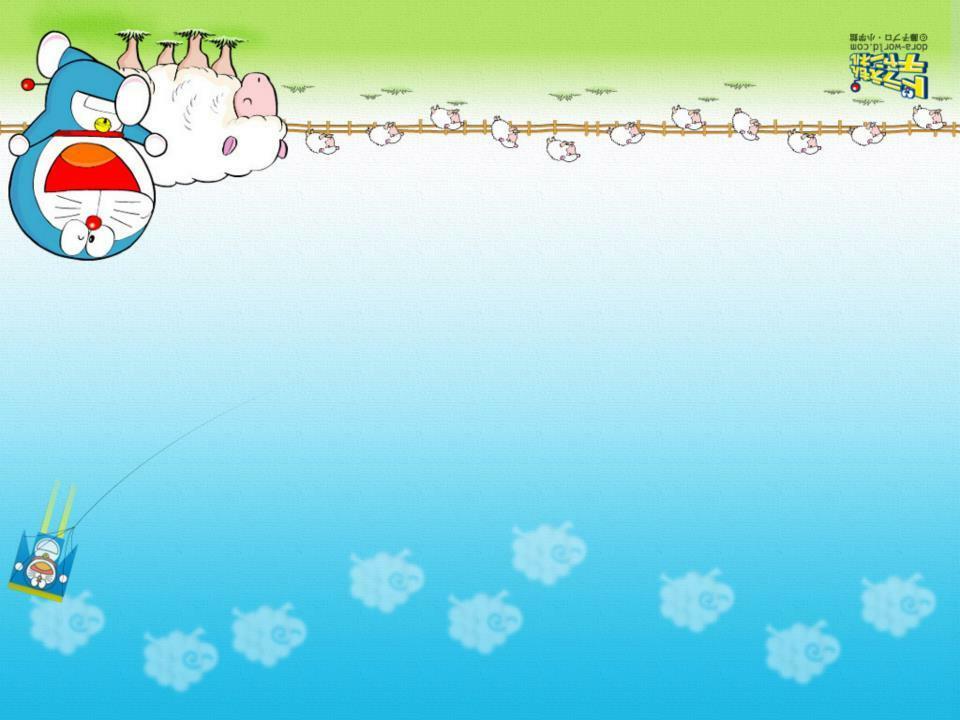




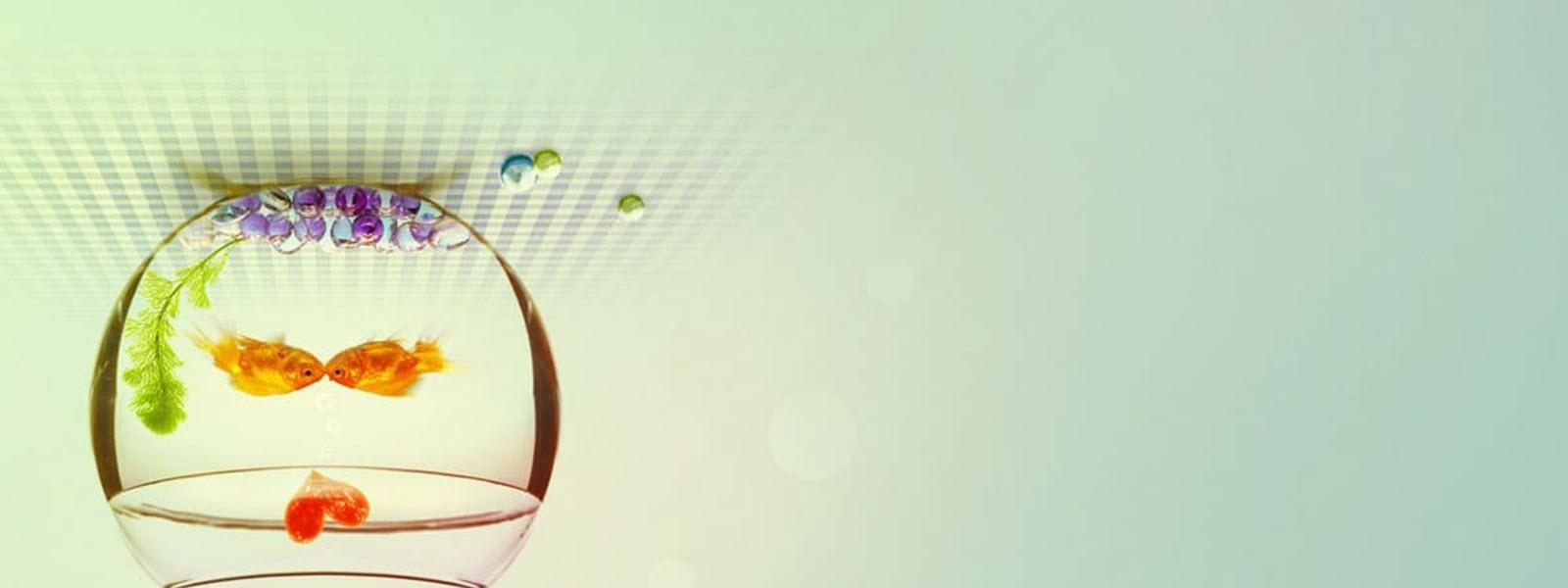

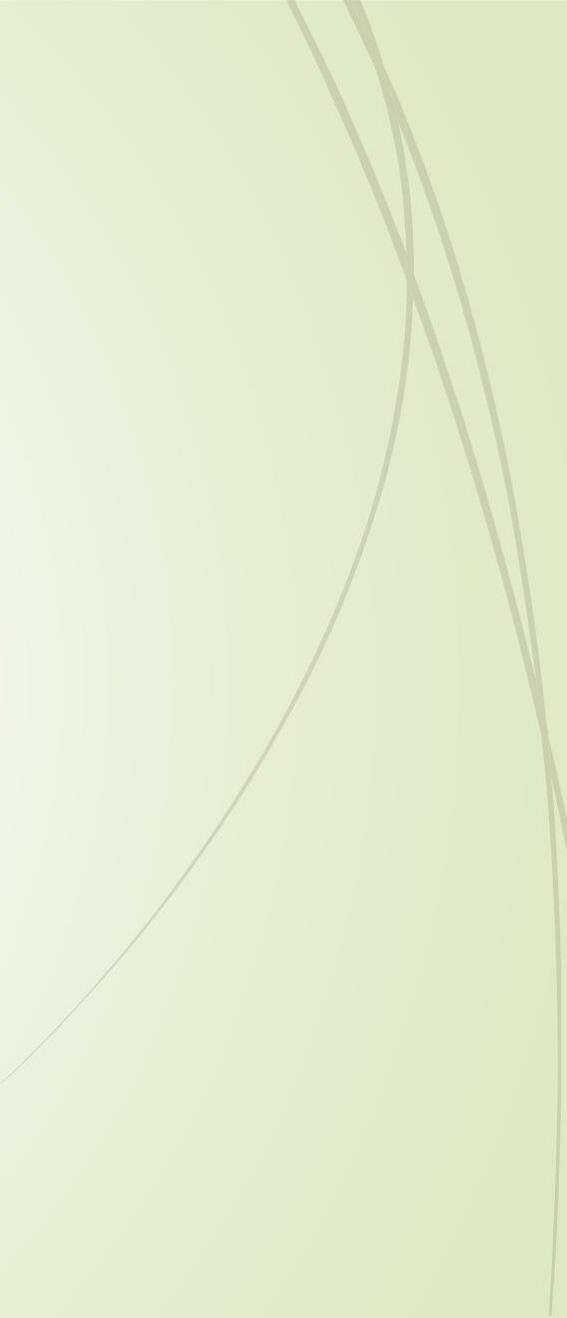


1-OTBA ->
2-ITANR ->

3-NPEILAPRA ->
4-RSOTRPCA ->

BOAT TRAIN AIRPLANE SPORT CAR
5-OTMIROEKB ->
MOTORBIKE









-road sign (n): Bi




-cycle lane (n): Làn






-Crossroads (n):
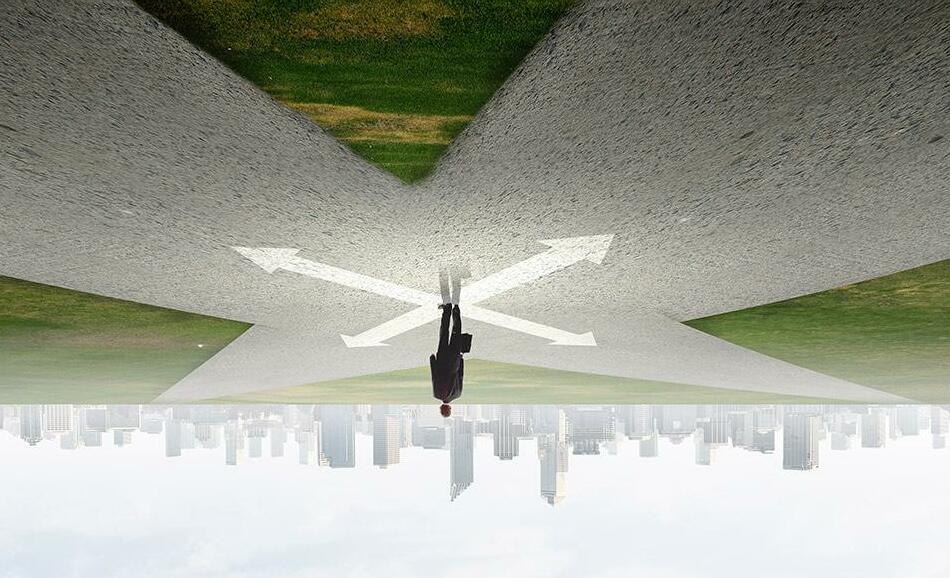







say words in English


Biểnbáo giaothông
road sign
Pavement Vỉahè
traffic light Đèngiao thông
Crossroads Ngãtư
cycle lane Làn đường dànhcho xe đạp




Make your own sentences with these phrases.

My father taught me how to ride a bike.
My father usually drives a car to work.
Visitors I can sail a boat in Ha Long Bay.
I sometimes go on foot to school.
Nowadays, people can travel by air to anywhere in the world
-drive a car

-ride a bike
-sail a boat -go on foot
-travel by air





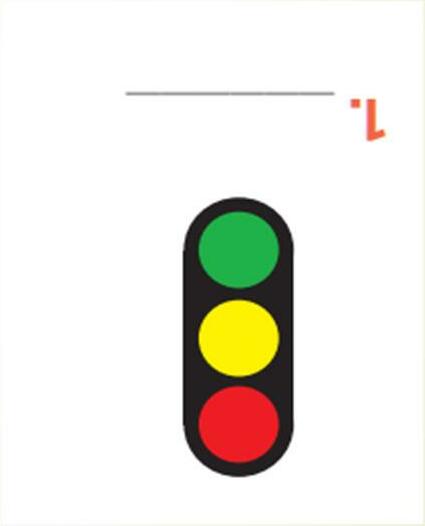


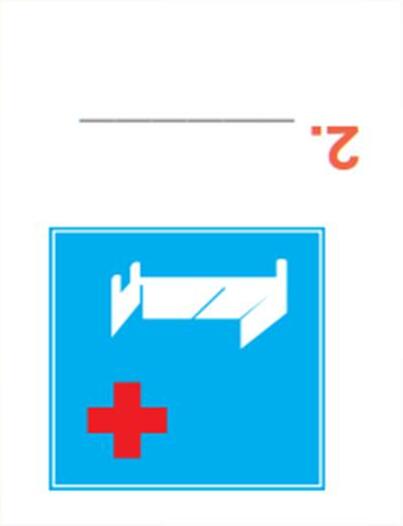



Work in pairs. Take turns to say which of the signs in 2 you see on the way to school.


A: On the way to school, there are crossroads, so I see several traffic lights.

B: On my way to school, there is a school, so I see a “school ahead sign”.












Underline the words with the sound /aɪ/ and circle the words with the sound /eɪ/. Then listen, check and repeat 5




1. The bus station is far from my house.
2. Remember to ride your bike carefully.
3. We must obey traffіcrules for our safety.
4. You have to get there in time for the train.
5. Don’t ride on the pavement.







-Do exercises in the workbook.




-Prepare lesson 3 (A closer look 1)




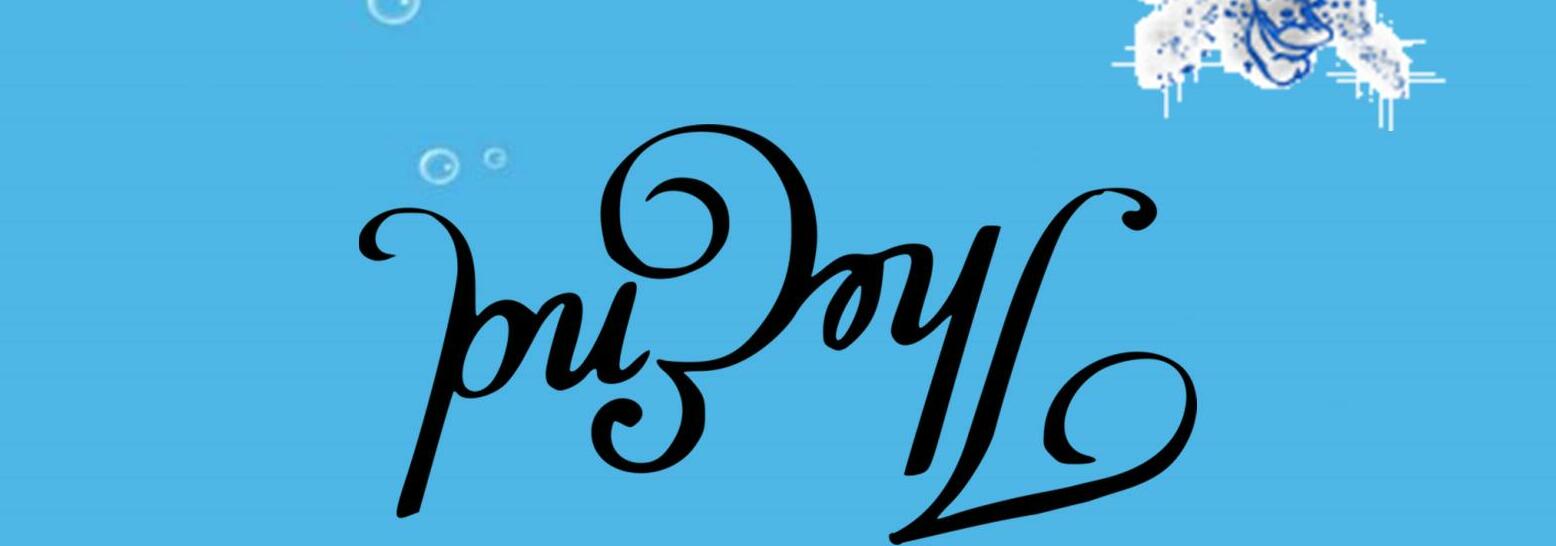










GRAMMAR:
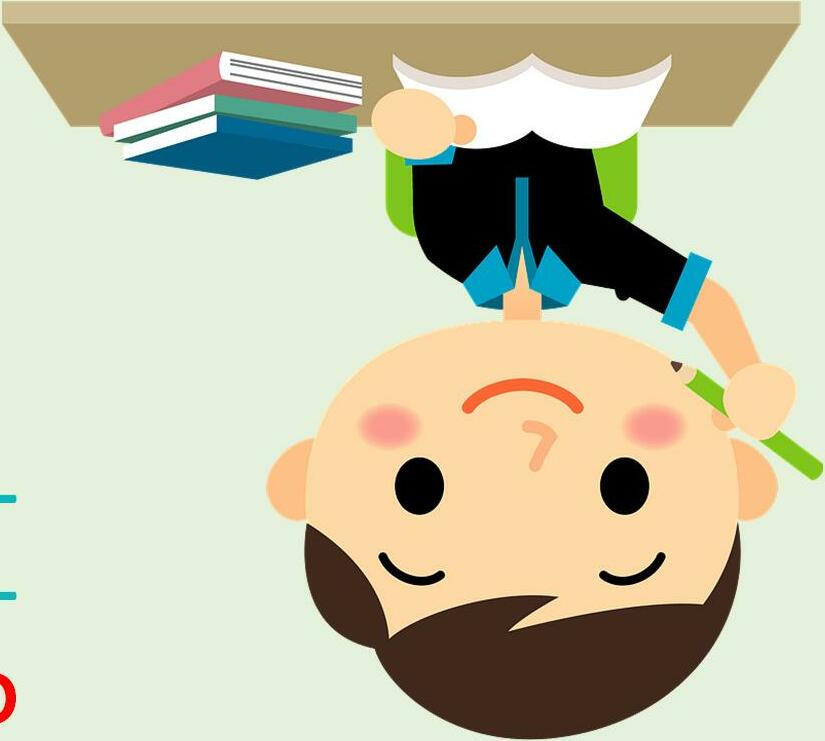
- It to indicate distance





- should and shouldn’t

* GRAMMAR: It - INDICATING DISTANCE
What does the sentences tell us about?

Distance from his/her house to the bus stop
Whatisthe structureusingin the sentence?



It be (about) + distance from A to B.
-Chúngta sửdụngđạitừ“it” làmchủngữcủacâuđểchỉkhoảng cách.
-Cấutrúc: It is + (about) khoảngcách+ from place 1 + to place 2.



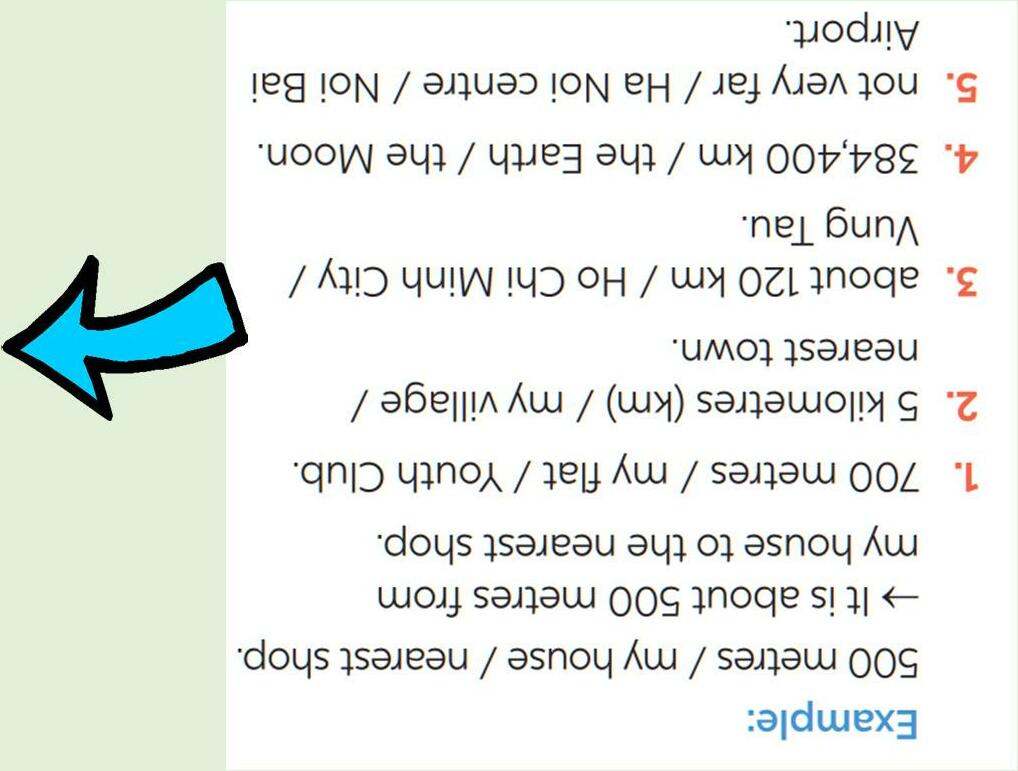
Work in pairs. Ask and answer questions about distances in your neighbourhood

EXample: Your home -gym
How far is it from your house to the gym?
- your home -open market / supermarket
-your home -playground
-your home -hospital

-your home -train station
It’s about 1 km.

1. That’s an interesting book. You (should / shouldn’t) read it.
2. You nearly fell off your bike! You really (should / shouldn’t) be more careful.
3. We (should / shouldn’t) go swimming right after eating.
4. I think that he (should / shouldn’t) eat less. He’s becoming overweight.
5. There are a lot of cars out today. He (should / shouldn’t) drive so fast.


Look at the pictures. Make sentences, using should / shouldn’t and the cues
He shouldn’twastewater.

GAME:




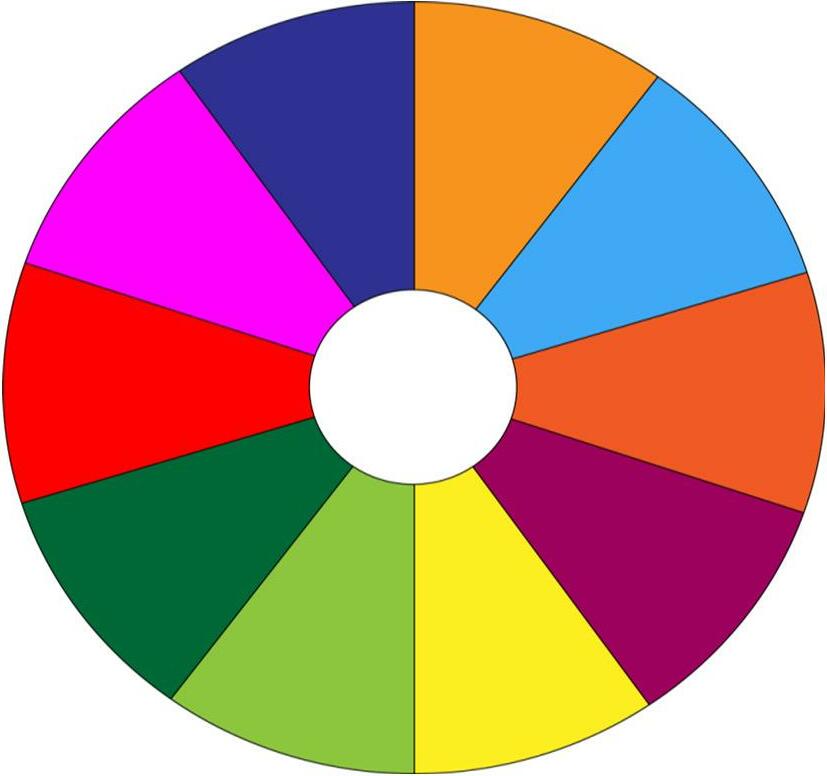

Look at the pictures. Make sentences, using should / shouldn’t and the cues
Theyshouldweartheirhelmets.

Sheshouldbe



Theyshouldn’tridetheirbikes dangerously.


-It

-should

to indicate distance
and shouldn’t
Do exercises in the workbook.
Prepare lesson 4 ( communication)












LESSON
4:

Which tense do weuseto askandanswer?


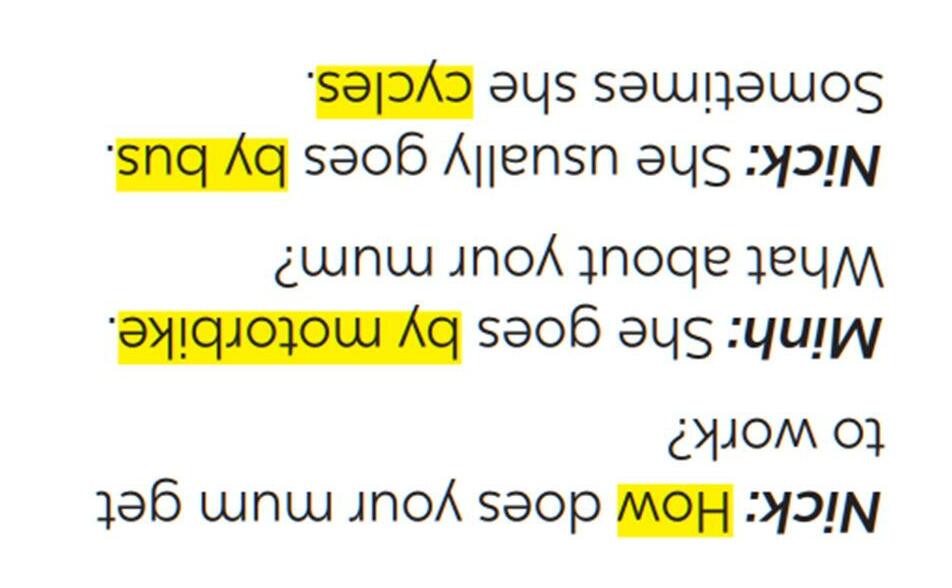

Work in pairs. Take turns to ask and answer about the means of transport your family members use every day.


How does your father go to work?
He usuallydriveshiscar butsometimeshe goes bybus.
Howabout yourfather?
He walksbecausewe
livenearhisoffice.

Ask and answer about the means of transport your family members use every day.


A: How does your father go to work?

B: He usually drives his car but sometimes he goes by bus. How about your father?
A: He walks because we live near his office.
When you go on the road, which side do you keep, to the right or to the left?
Which countries below keep to the left? Tick the correct answers.
Strange traffic rules!

Listen and check your answers in 3. Then listen again and complete the sentence with no more than THREE words.
One explanation is that some countries use ____________________ as the UK.the same system
* Audio script

The right side is the wrong side!
Do you know that there are many countries in the world where the traffic rule is to keep to the left? Some of these are the United Kingdom, Australia, Thailand, and so on. There are different explanations for this. One explanation is that some countries use the same system as the UK.
Read the strange driving rules below, discuss which one do is the strangest rule?






Read, discuss which one do is the strangest rule?
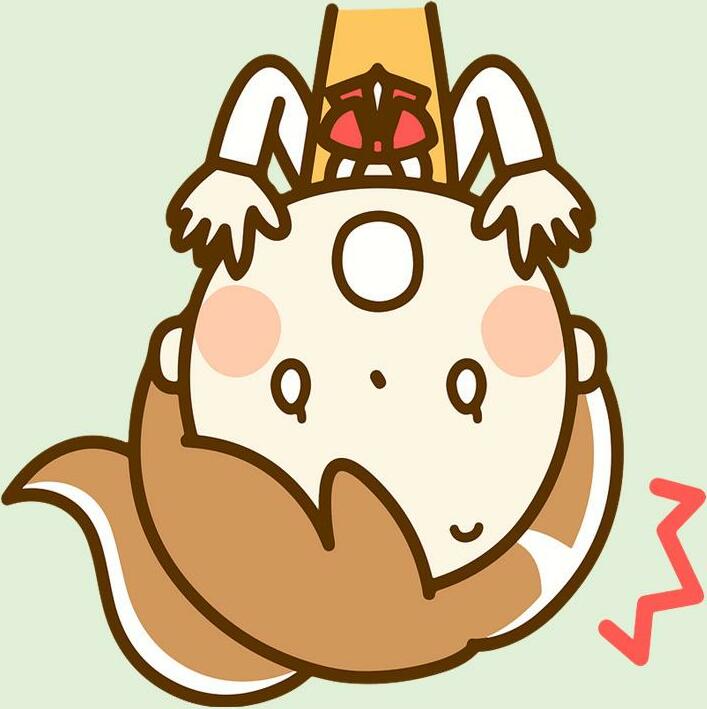

Read, discuss which one do is the strangest rule?

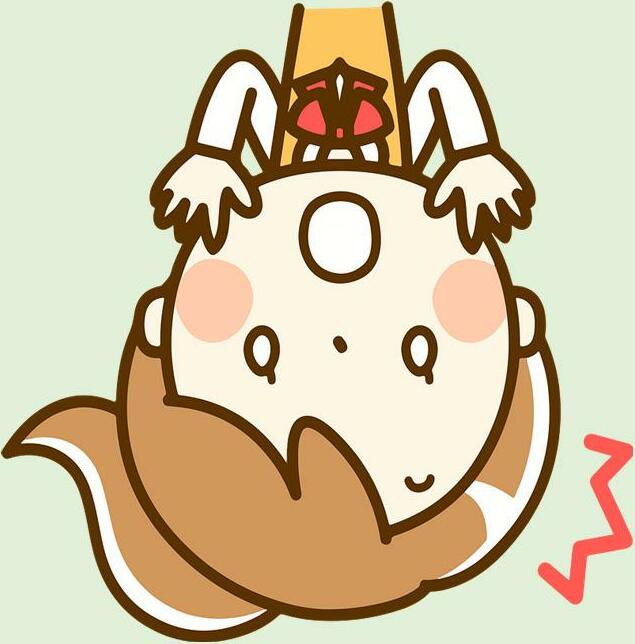
Read, discuss which one do is the strangest rule?


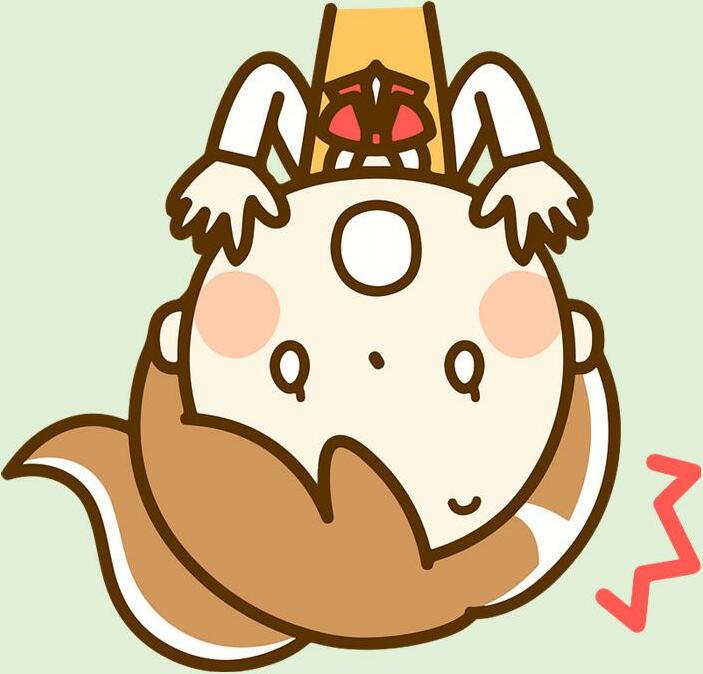



Read, discuss which one do is the strangest rule?


Read, discuss which one do is the strangest rule?

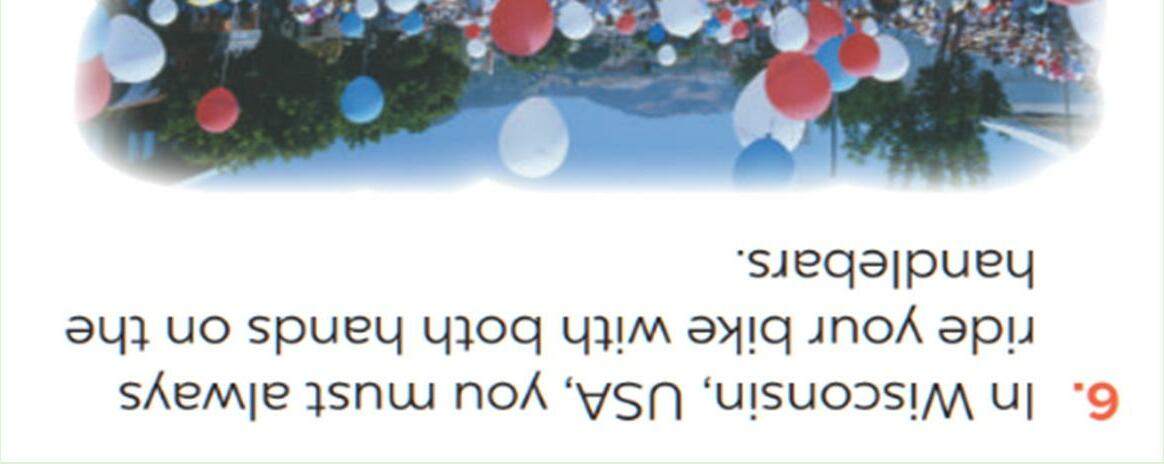

Work in groups. which one do you think is the strangest rule?

Example: In my opinion, the strangest traffic rule is a man in Thailand has to wear a shirt or T-shirt while driving.

In this lesson, we have learn to:


ask and answer about means of transport and some strange traffic rules.
practiseusing some grammar points and vocabulary related to the topic.

-Do exercises in the workbook.



-Prepare
5 ( skills 1)














ROAD SAFETY
HOW TO AVOID TRAFFIC ACCIDENTS



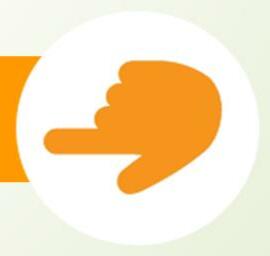





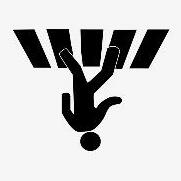





























-pedestrian (n)
-passenger (a)
-(to) obey

-seat belt (n)
-zebra crossing (n.phr):
-cyclist(n):




-The situation is very unsafe /dangerous.
-It’s dangerous to ride a bike so close to a car



-these students do not walk across the street at the zebra crossing

This text is about ______.



A. rules for pedestrians
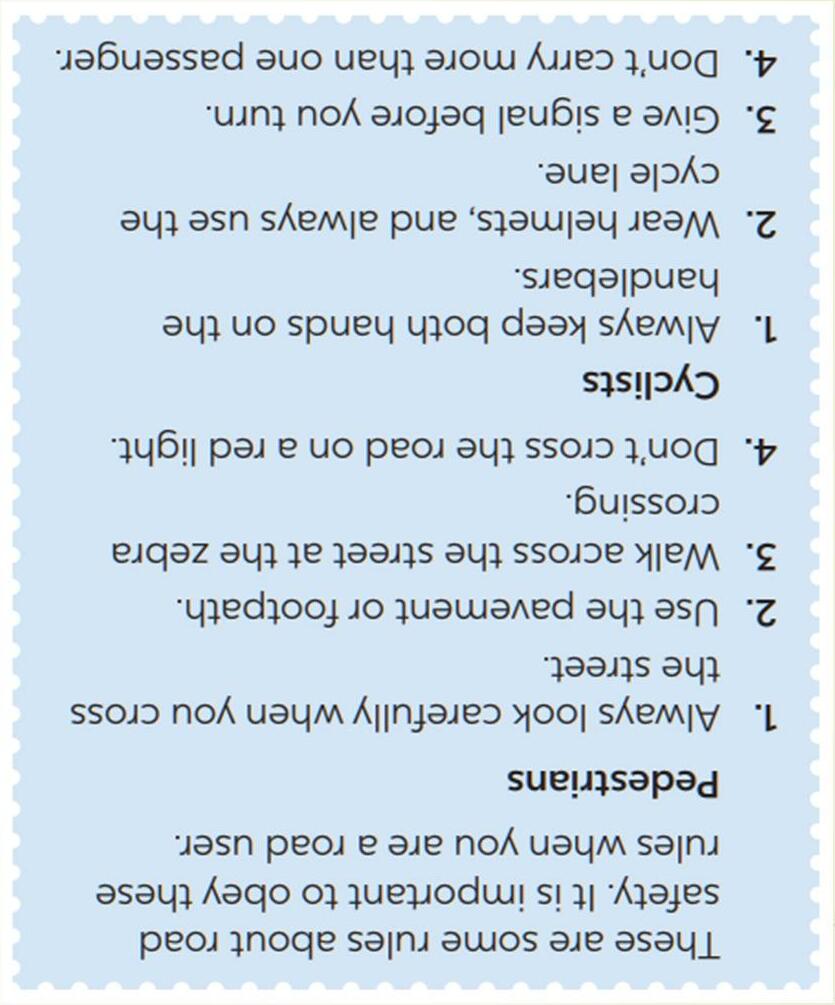
B. traffic lights
C. traffic rules
1. Where should pedestrians cross the street?

2. Which lane should you use when riding a bike?
3. What should you do before you turn while riding a bike?

4. What must you do when you get on or off a bus?
5. What mustn’t you do when you are in a moving vehicle?
GAME:






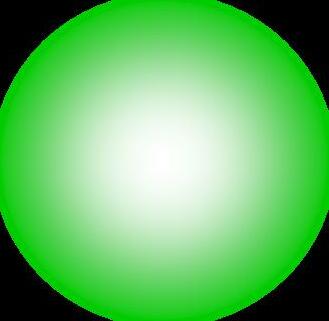













Read the passage again and choose the correct answer A, B, or C. 3


1. Where should pedestrians cross the street?
They shoud cross the street at the zebra crossing.

Read the passage again and choose the correct answer A, B, or C. 3

2. Which lane should you use when riding a bike?

We should always use the cycle lane.

Read the passage again and choose the correct answer A, B, or C. 3

3. What should you do before you turn while riding a bike?

We should give a signal before we turn while riding a bike.

Read the passage again and choose the correct answer A, B, or C. 3

4. What must you do when you get on or off a bus?

We must wait for buses to fully stop when you get on or off a bus.

Read the passage again and choose the correct answer A, B, or C. 3

5. What mustn’t you do when you are in a moving vehicle?

We mustn’t stick any body parts out of the window when you are in a moving vehicle.













Read the passage again and choose the correct answer A, B, or C. 3
1. Where should pedestrians cross the street?

Theyshoudcrossthe streetatthe zebracrossing.
2. Which lane should you use when riding a bike?
We should always use the cycle lane.
3. What should you do before you turn while riding a bike?

We should give a signal before we turn while riding a bike.
4. What must you do when you get on or off a bus?
We must wait for buses to fully stop when you get on or off a bus.
5. What mustn’t you do when you are in a moving vehicle?
We mustn’t stick any body parts out of the window when you are in a moving vehicle.


Work in groups. Ask and answer the following question: 4
When you are a road user, what should you NOT do?
-I shouldn’t cross the road on a red light.
-I shouldn’t cycle in the pavement or footpath.


-I shouldn’t ride my bike fast.
-I shouldn’t carry a passenger in front of me.

Read the following sentences about these people. Then work in groups. Discuss who is being safe, and who isn’t



Read the following sentences about these people. Then work in groups. Discuss who is being safe, and who isn’t 5

1. Hoang is riding a bike, and he is wearing a helmet.
2. It is raining hard, but Mr. Long is driving quickly.



3. The students are standing in a line to get on the school bus.
4. Mr. Binhis taking his daughter to school on his motorbike. She is sitting in front of him.
5. Michelle is cycling to school and she is waving and shouting to her friends.










-


















-Cross the red light
-Drink alcohol, beer
-Not obeying traffic laws

-traffic jam
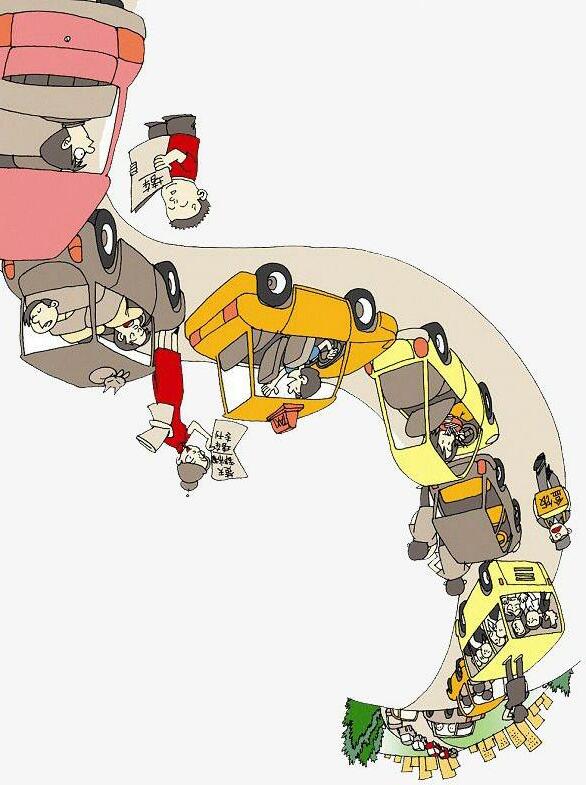
-too many vehicles
-drive line up when riding on the road
-driving too fast, overtaking carelessly
-Cross the red light:
-many narrow roads





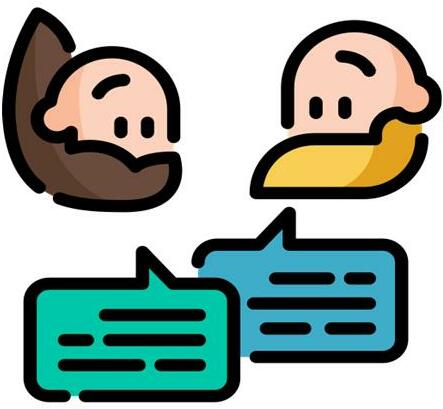
Discuss: What can you see in this picture? What is special about it?
-I can see a lot of vehicles on the road.
-I can see a traffic jam.

-I can see that some drivers don't obey traffic laws/rules.
I can see that it's very dangerous.
It’s a serious traffic jam.




Listen again and write ONE word or number in each gap




Bigcitiesaroundtheworldhavetrafficproblems.Mumbaiin Indiaisoneofthem.
Mumbaiisoneofthemostcongestedcitiesintheworld.Trafficjamshappennearly everyday,sodrivershavetospendalotoftimeontheroad.
Thereareseveralreasonsfortrafficjamsinthiscity.Onereasonisitsincreasein population.Withnearly20million,Mumbaihastoomanypeopleontheroad.
AnotherreasonisthattheroadsinMumbaiarenarrow,andmanyarenotingood condition.Also,manyroadusersdonotobeythetrafficrules.Asaresult,this problemisgettingworseandworse.
Discuss: Compare traffic problems in Mumbai to the traffic problems in Hanoi.



The trafficjamsin Hanoiareasseriousandfrequentastheyarein Mumbai.



Tick the traffic problems in big cities in Viet Nam.


Write a paragraph of about 70 words about the traffic problems in your town / city.

I live in QuangNgai city. It is a small and busy city. There are lots of vehicles on the road all day. There are lots of cars, buses, taxis and trucks on high ways. Most people travel by motorbike. Every family has a motorbike. The traffic jam is often at about 7 a.mand 5 p.mbecause it’s the time when people go to work or school and come back home. There are sometimes accidents on the road. Therefore, to reduce these problems, we need to obey traffic rules to reduce accidents as much as possible.


Students can:
go and see other’s work
give comments to each other
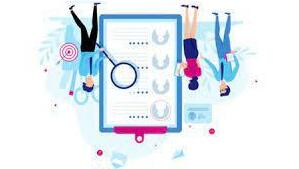
In this lesson, we have learnt to:
-Some words related to the topic Traffic

-listen for main ideas and specific information about traffic problems in Mumbai.
-write about traffic problems in your area.










Listen a song and answer the question.

-What is the song about?


- say some rules for road users?

LESSON 7: LOOKING BACK & PROJECT

* VOCABULARY REVIEW

* GRAMMAR REVIEW
-TRAFFIC PROBLEMS AND MEANS OF TRANSPORT It -> Distance

* PROJECT: TRAFFIC/ROAD SIGNS










Label each sign. Work in pairs. What does each sign tell us to do?


A "red light" sign means you have to stop

A "school ahead" sign means there is a school ahead


Label each sign. Work in pairs. What does each sign tell us to do?




A "hospital ahead" sign means there is a hospital ahead.
A "cycle lane" sign means the laneis for cyclists.

Label each sign. Work in pairs. What does each sign tell us to do?


A "no left turn" sign means we must not turn left here.
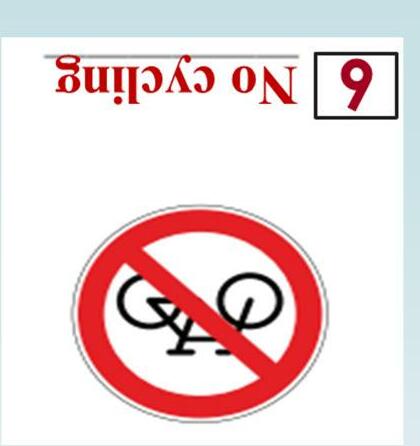
A "no cycling" sign means we are not allowed to cycle here.

Fill in each gap with one word to complete the sentences. 2
1. A road _______ is anyone who uses a road, such as a pedestrian, cyclist or motorist.

2. Does your dad _______his motorbike carefully?
3. A _______is a person travelling in a car, bus, train,... but not driving.
4. My cousin wants to become a pilot.He is learning to_______planes.
5. We should be careful when the _______light turns yellow.

GAME:




1. A road _______ is anyone who uses a road, such as a pedestrian, cyclist or motorist. user


2. Does your dad _______his motorbike carefully? ride


3. A __________is a person travelling in a car, bus, train,... but not driving. passenger


4. My cousin wants to become a pilot.He is learning to


5. We should be careful when the _______light turns yellow. traffic


YOU GET A YOU A GIFT GIFT












Fill in each gap with one word to complete the sentences. 2
1. A road _______ is anyone who uses a road, such as a pedestrian, cyclist or motorist.
ride passenger
2. Does your dad _______his motorbike carefully?
3. A _________is a person travelling in a car, bus, train,... but not driving.
4. My cousin wants to become a pilot.He is learning to_______planes.
5. We should be careful when the _______light turns yellow.
user fly traffic


1. over 100 km / my home town / Ho Chi Minh City.
It’s over 100km from my hometown to Ho Chi Minh city.
2. about 25 km / here / my grandparents' house.
It’s about 25 km from here to my grandparents’ house.
3. not very far / our school / the city museum.
It’s not very far from our school to the city museum.
4. how far / your house / the gym?


How far is it from your house to the gym?
5. it / a long distance / Ha Noi/ Ban GiocWaterfall?
Is it a long distance from Ha Noi to Ban Gioc Waterfall?

Choose A, B, or C to complete the sentences. 4
1. You _______ put the rubbish in the waste bins over there.
A. ShouldB. wouldC. shouldn't
2. You ________ be over eighteen to ride a motorbike.


A. WouldB. mustC. could
3. Children _______ ride their bikes too fast.
A. mightn'tB. wouldn'tC. shouldn't
4. I am a bit lost. ______ you help me, please?
A. CouldB. ShouldC. Might
5. You ______ eat so many cookies. Too much sugar is bad for you.
A. couldn'tB. wouldn'tC. shouldn't
6. This is a big park. You ______ run or cycle here.
A. shouldB. canC. could






1. You _______ put the rubbish in the waste bins over there.











2. You _______ be over eighteen to ride a motorbike.








A. would

B. must

 C. could
C. could
3. Children _______ ride their bikes too fast.
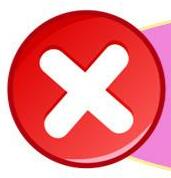










4. I am a bit lost. ______ you help me, please?











5. You ______ eat so many cookies. Too much sugar is bad for you.





A. couldn’t


B. wouldn’t

C. shoudn’t



6. This is a big park. You ______ run or cycle here.











Choose A, B, or C to complete the sentences.







5 Show the prepared signs. Make your own sign.



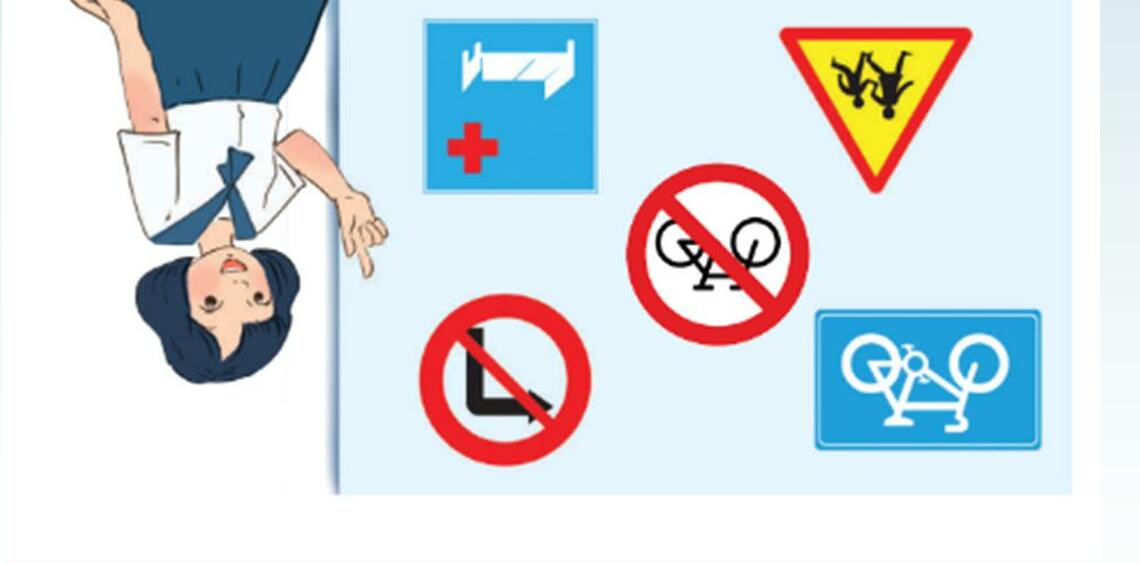


* VOCABULARY REVIEW
-TRAFFIC PROBLEMS AND MEANS OF TRANSPORT


* GRAMMAR REVIEW
It -> Distance
* PROJECT: TRAFFIC/ROAD SIGNS

-Do exercises un the workbook.

-Prepare for the next lesson: Unit 8 –Getting started







